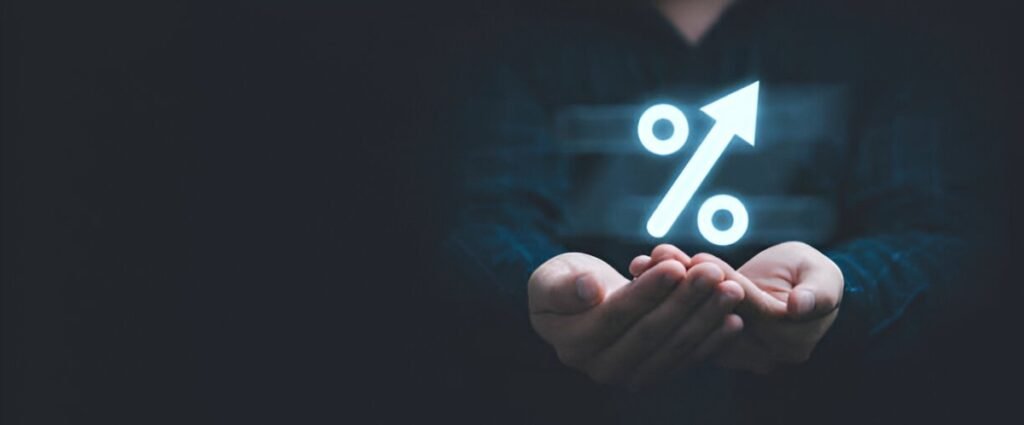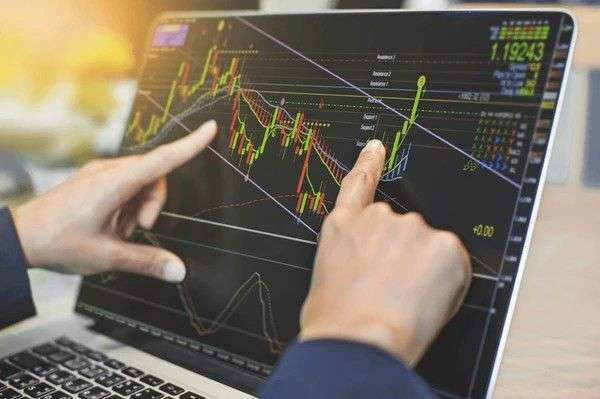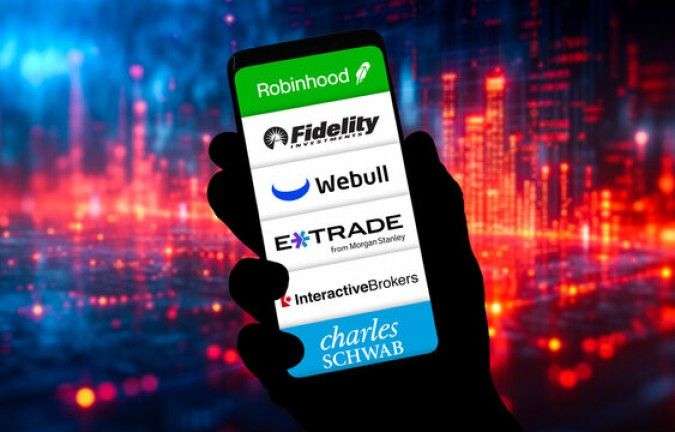Introduction
When trading stocks, the right device matters. I have tested multiple setups, from desktops to tablets, and each has strengths and weaknesses. Choosing the best device depends on speed, screen size, portability, and multitasking capabilities. Let’s break down the options and find what works best for different trading styles.
Table of Contents
Factors to Consider When Choosing a Trading Device
Before selecting a device, consider these key factors:
- Processing Power: Trading platforms require high processing speed. Slower devices may cause order execution delays.
- Display and Resolution: A larger screen or multiple monitors helps in analyzing charts and data.
- Battery Life: Traders on the go need long-lasting battery performance.
- Portability: Some traders prefer trading from multiple locations.
- Connectivity: Fast and stable internet access is crucial for real-time trading.
Comparing Devices for Stock Trading
Different traders have different needs. Here’s a comparison of the most commonly used devices for stock trading:
| Feature | Desktop | Laptop | Tablet | Smartphone |
|---|---|---|---|---|
| Screen Size | Large | Medium | Small | Very Small |
| Processing Power | High | Medium-High | Medium | Low-Medium |
| Portability | None | High | Very High | Extremely High |
| Battery Life | N/A | 4-12 hours | 8-15 hours | 10-20 hours |
| Connectivity | Wired & Wireless | Wireless | Wireless | Wireless |
| Multi-Tasking | Excellent | Good | Limited | Minimal |
Best Device for Different Types of Traders
Not all traders have the same requirements. Let’s look at which device fits different trading styles best.
Day Traders: Desktop with Multi-Monitor Setup
Day traders need fast execution and multiple chart views. A desktop with multiple monitors works best. Here’s an ideal setup:
- Processor: Intel Core i7/i9 or AMD Ryzen 7/9
- RAM: 16GB or more
- Storage: SSD (at least 500GB)
- Monitors: At least two 27-inch displays
Example Calculation
If a trader follows five stocks, each requiring a chart, news feed, and order window, a single monitor may not be enough. A two-monitor setup allows split-screen viewing:
- Monitor 1: Market news, Level 2 data, and orders
- Monitor 2: Price charts, technical indicators, and watchlists
With this setup, traders can react faster to price movements.
Swing Traders: High-Performance Laptop
Swing traders hold positions for days or weeks. They need portability and decent processing power. A laptop with a good CPU and battery life works well.
Recommended Specs:
- Processor: Intel Core i7 or Apple M2/M3
- RAM: 16GB
- Battery Life: 10+ hours
- Screen Size: 15-17 inches
A MacBook Pro 16” or Dell XPS 15 provides high performance without compromising portability.
Mobile Traders: Tablet or Smartphone
Some traders prefer mobility. Tablets and smartphones offer convenience but have limitations in multitasking and execution speed.
Best Tablet for Trading:
- Apple iPad Pro (M2): Large screen, Apple Pencil support for chart annotation, and fast processing.
- Samsung Galaxy Tab S9 Ultra: Android alternative with a large display.
Best Smartphone for Trading:
- Samsung Galaxy S23 Ultra: Large screen and fast performance.
- iPhone 15 Pro Max: Optimized trading apps and reliability.
Latency and Execution Speed
A device’s processing speed affects trade execution. If a stock’s price moves rapidly, a delay of even one second can cost money. Here’s a speed comparison:
| Device | Average Latency (ms) |
|---|---|
| Desktop | 5-15ms |
| Laptop | 10-20ms |
| Tablet | 20-50ms |
| Smartphone | 50-100ms |
Low latency is essential for day traders and scalpers, making desktops and high-end laptops preferable.
Internet Connection: The Hidden Factor
No device works well without fast internet. Here’s the minimum recommended speed:
| Activity | Required Speed |
|---|---|
| Chart Analysis | 10 Mbps |
| Order Execution | 20 Mbps |
| Streaming Market Data | 50 Mbps |
A wired connection is more stable than Wi-Fi. If using Wi-Fi, ensure a strong signal.
Backup Device: Always Have a Plan B
Even the best device can fail. A backup is crucial.
- Day traders: Keep a laptop as a secondary device.
- Swing traders: A tablet or smartphone can serve as a backup.
- Mobile traders: A second phone with a different network provider is useful.
Security and Software Considerations
Security is critical in trading. Use devices with:
- Biometric Authentication: Fingerprint or Face ID for quick and secure logins.
- Two-Factor Authentication (2FA): Extra security for trading accounts.
- Secure Operating Systems: Windows, macOS, and iOS have better security than Android for financial transactions.
Final Thoughts
The best device for stock trading depends on trading style.
- For speed and efficiency: A desktop with multiple monitors is ideal.
- For mobility with power: A high-end laptop is the best choice.
- For ultimate portability: Tablets and smartphones work but have limitations.
Choose based on needs, and always have a backup. The right setup improves decision-making and trade execution, leading to better results in the market.





